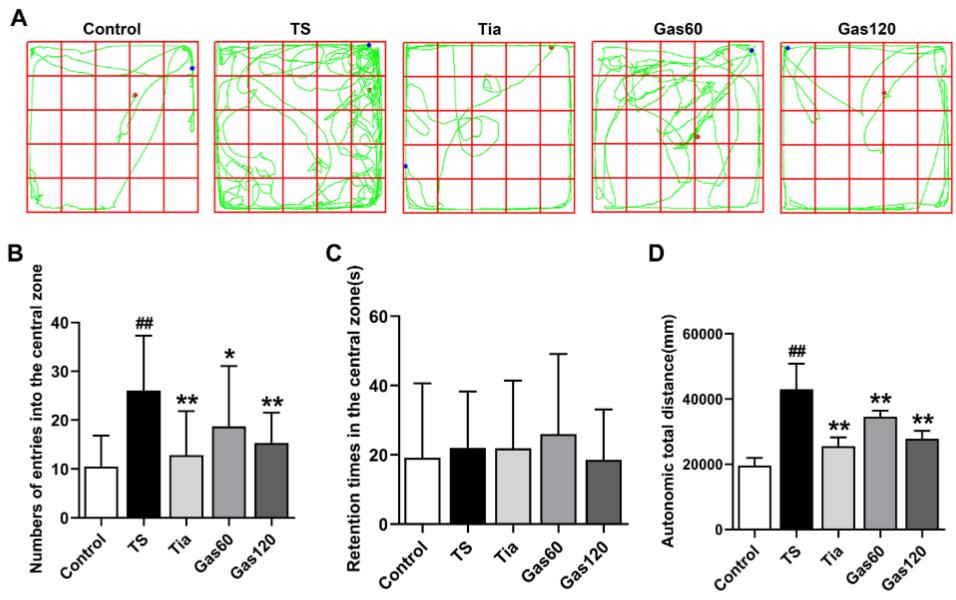Tourette Syndrome (TS) Model
If you're looking for a reliable tourette syndrome (TS) model to evaluate the efficacy of your test compounds or study the pathogenesis of TS, Creative Bioarray can help you. Our TS model is available to clients worldwide, and we are committed to providing you with the highest quality resources to support your research needs. With our TS model, you can explore the underlying mechanisms of TS and test potential treatments with confidence.
Tourette's syndrome (TS) is a complex neurodevelopmental disorder characterized by recurrent, often fluctuating motor and vocal tics. These tics, which can be both physical and verbal, are preceded by odd sensations known as premonitory urges, causing individuals with TS an urge to perform a particular tic. Beyond the motor and vocal symptoms, TS patients often face a range of psychiatric comorbidities, with up to 90% experiencing conditions such as attention deficit/hyperactivity disorder (ADHD) and obsessive-compulsive disorder (OCD). Despite the significant impact of TS on individuals and families, the etiology of this condition remains poorly understood. Fortunately, animal models are providing increasingly important insights into the pathophysiology of TS, enabling researchers to explore novel treatment options and potentially leading to better outcomes for those affected.
Our Tourette Syndrome (TS) Model
- Available Animal
Rat - Modeling Method
At Creative Bioarray, we induce TS model in rat by intraperitoneal injection of iminodipropionitrile (IDPN). - Group Setting
- Control group
- Model group
- Positive group (Tiapride hydrochloride tablets)
- Three dose groups of test compound
- Endpoints
- Behavioral tests: Morris water maze test, Open filed test, etc.
- Histology analysis: H&E staining, Nissl staining
- Serum analysis: Dopamine (DA), Dopamine receptor 2 (D2R), Cytokine
- Other customized endpoints: available upon request
……
Example Data
 Fig. 1 Effects of Gas treatment on autonomic activity of rats with TS induced by IDPN. (A) Representative movement trajectory of each group of rats. (B) The number of times to enter the central area of each group of rats. (C) The central region residence time of each group of rats. (D) The autonomic total distance of each group of rats. The movement trajectory, number of times to enter the central area, central region residence time and autonomic total distance were detected as described in materials and methods. Each bar represented the mean ± SD (n=15). ##p<0.01 vs control group.
Fig. 1 Effects of Gas treatment on autonomic activity of rats with TS induced by IDPN. (A) Representative movement trajectory of each group of rats. (B) The number of times to enter the central area of each group of rats. (C) The central region residence time of each group of rats. (D) The autonomic total distance of each group of rats. The movement trajectory, number of times to enter the central area, central region residence time and autonomic total distance were detected as described in materials and methods. Each bar represented the mean ± SD (n=15). ##p<0.01 vs control group.
Quotation and Ordering
Equipped with a skilled scientific technical team proficient in model establishment and validation, Creative Bioarray offers high-quality model development services at competitive prices. If you are interested in our services, please feel free to contact us or submit an inquiry to us directly.
References
- Sun, X., et al. Gastrodin Attenuates Tourette Syndrome by Regulating EAATs and NMDA Receptors in the Striatum of Rats. Neuropsychiatric Disease and Treatment, 2021: 2243-2255.
- Nespoli, E., et al. Addressing the complexity of Tourette's syndrome through the use of animal models. Frontiers in Neuroscience, 2016, 10: 133.